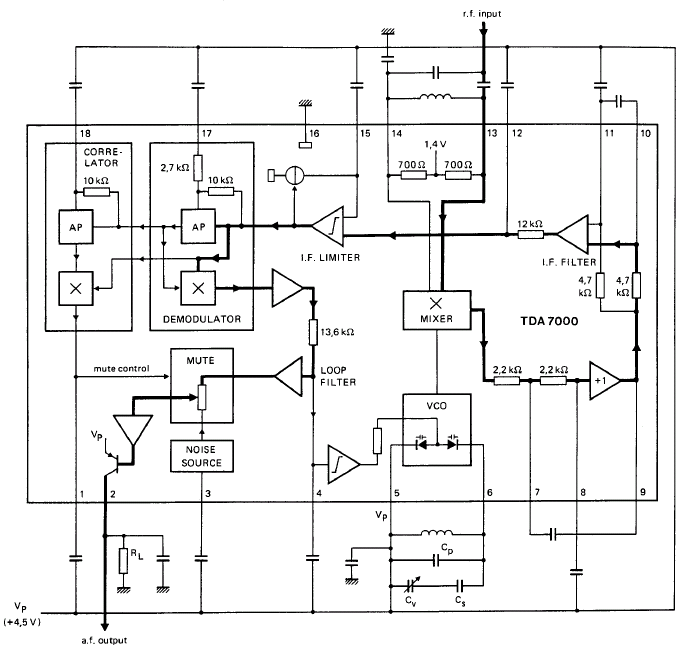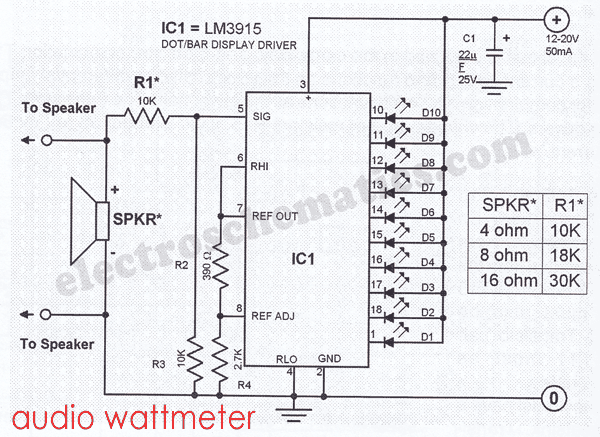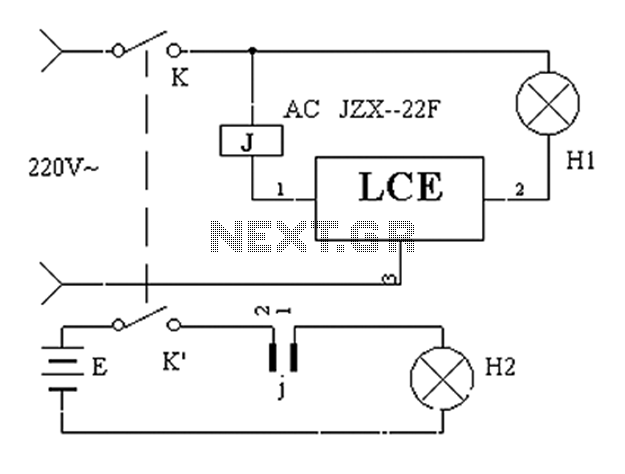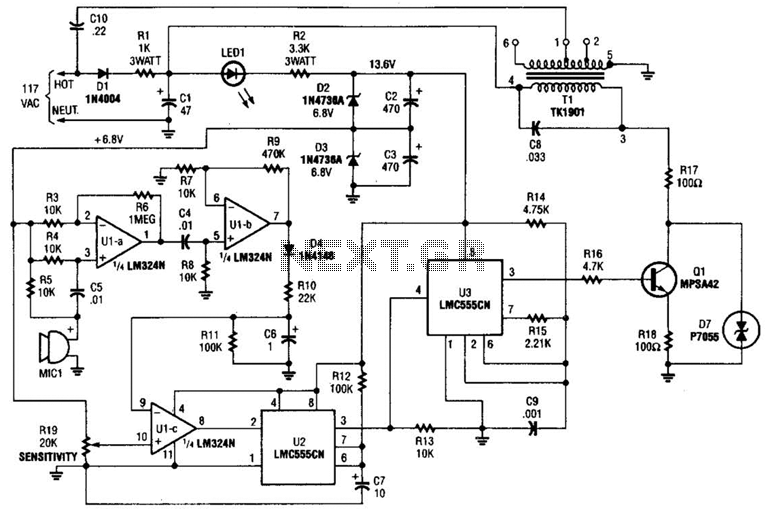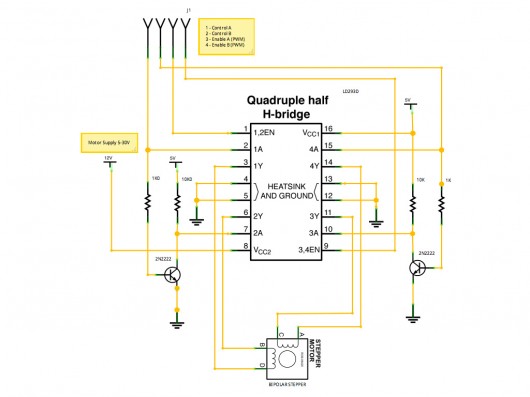
First-order butterworth active Low-pass filter circuit
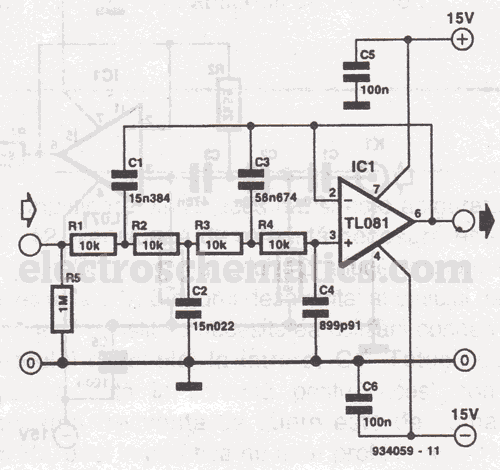
A Butterworth filter is a type of filter characterized by a frequency response that is flat within the passband region. This filter was first described by British engineer Stephen Butterworth.
A Butterworth filter is designed to provide a maximally flat frequency response in the passband, ensuring minimal signal distortion. The filter's roll-off rate is moderate, providing a smooth transition between the passband and the stopband. The order of the Butterworth filter determines the steepness of the roll-off; higher-order filters exhibit a sharper transition but may introduce more phase distortion.
In practical applications, Butterworth filters are employed in various electronic circuits, including audio processing, communication systems, and signal conditioning. They can be realized using passive components such as resistors, capacitors, and inductors, or through active components like operational amplifiers. The most common configurations include low-pass, high-pass, band-pass, and band-stop filters.
The design of a Butterworth filter involves selecting the desired cutoff frequency and filter order based on the application requirements. The transfer function of an nth-order Butterworth filter can be expressed in terms of its poles, which are evenly spaced around a semicircle in the left half of the complex plane. This characteristic contributes to the filter's smooth frequency response.
When implementing a Butterworth filter in a circuit, careful consideration must be given to component tolerances and temperature stability to ensure the filter performs as intended across varying conditions. The filter's performance can be simulated using software tools to analyze its frequency response, phase response, and transient behavior before physical implementation.Butterworth filter is a filter whose freq response is flat over the passband region. British engineer Stephen Butterworth first described this 🔗 External reference
A Butterworth filter is designed to provide a maximally flat frequency response in the passband, ensuring minimal signal distortion. The filter's roll-off rate is moderate, providing a smooth transition between the passband and the stopband. The order of the Butterworth filter determines the steepness of the roll-off; higher-order filters exhibit a sharper transition but may introduce more phase distortion.
In practical applications, Butterworth filters are employed in various electronic circuits, including audio processing, communication systems, and signal conditioning. They can be realized using passive components such as resistors, capacitors, and inductors, or through active components like operational amplifiers. The most common configurations include low-pass, high-pass, band-pass, and band-stop filters.
The design of a Butterworth filter involves selecting the desired cutoff frequency and filter order based on the application requirements. The transfer function of an nth-order Butterworth filter can be expressed in terms of its poles, which are evenly spaced around a semicircle in the left half of the complex plane. This characteristic contributes to the filter's smooth frequency response.
When implementing a Butterworth filter in a circuit, careful consideration must be given to component tolerances and temperature stability to ensure the filter performs as intended across varying conditions. The filter's performance can be simulated using software tools to analyze its frequency response, phase response, and transient behavior before physical implementation.Butterworth filter is a filter whose freq response is flat over the passband region. British engineer Stephen Butterworth first described this 🔗 External reference
